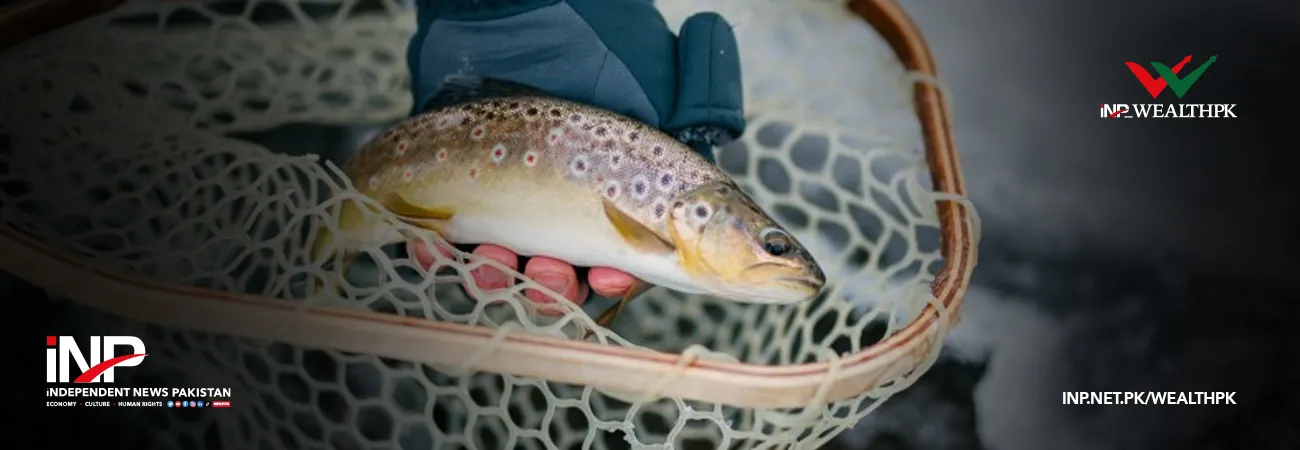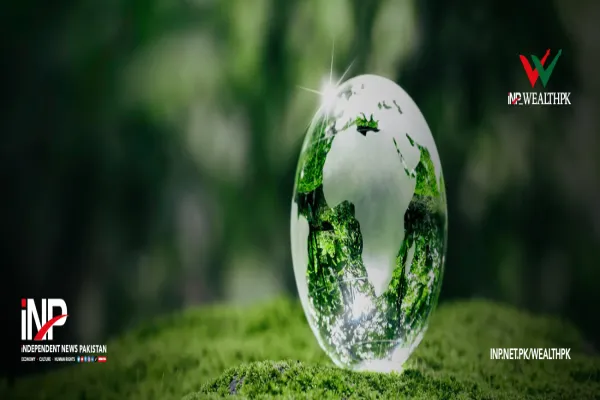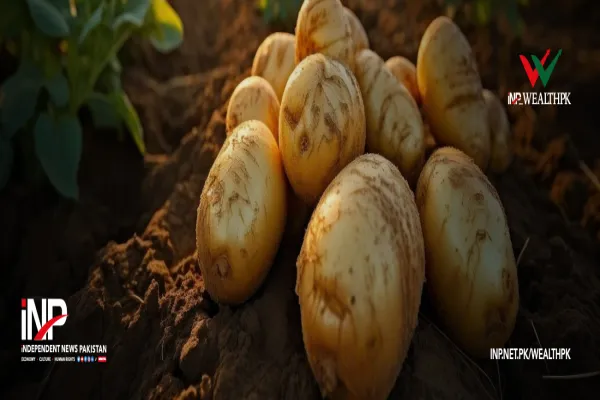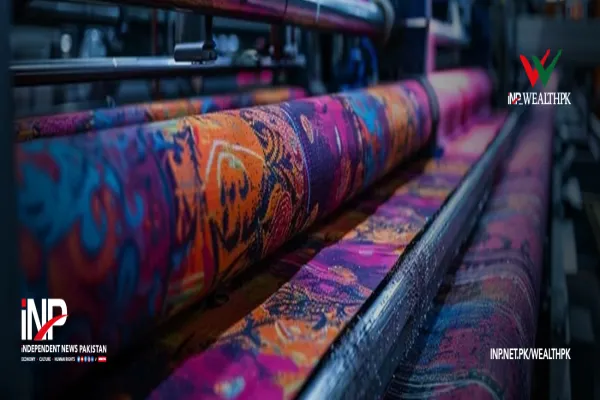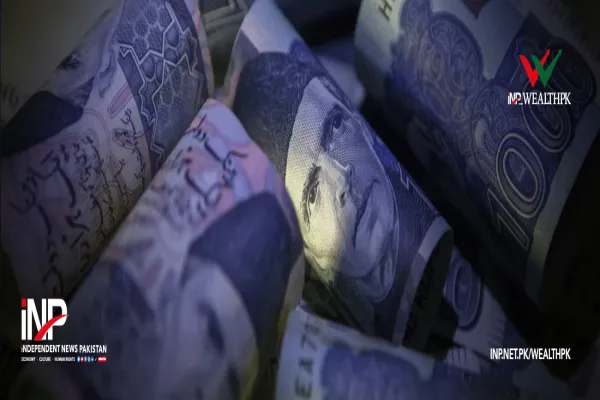i INP-WEALTHPK
Faiza Tehseen
The coastal belt of Sindh is producing fish far lesser than its potential due to tons of untreated sewage that flows into the sea daily, threatening the aquatic life and ecosystem, said former secretary of Sindh Forest and Wildlife Department (SFWD) Aijaz Nizamani in an interview with WealthPK. At least 600 million gallons of contaminated water discharges into the sea every day. This untreated domestic and industrial sewage contains pathogens, bacteria, organic matter, or heavy metals. The decomposition of organic matter depletes oxygen by creating anoxic or hypoxic conditions. Both pathogens and bacteria transmit diseases to the marine life, while the nutrients in sewage cause harmful algal blooms that produce toxins and deplete oxygen. Mangrove is the favorite habitat of some aquatic species, especially shrimps and crabs. Regular discharge of untreated water into the sea destroys fish habitats like seagrass beds and coral reefs, necessary for their shelter, feeding, and breeding.
"The coastline of Sindh and Balochistan spans over 1,000 kilometers. Two-thirds of the coastline lies in Balochistan and one-third in Sindh but the latter produces more fish than the former because of its mangroves spreading over a vast area. Right now, we are the victim of a contaminated aquatic food chain, and in the given situation, it is important for us to protect this coastline for a better environment and healthy seafood," he said. The coastline of Sindh stretches to the populous Karachi city which houses a population of more than 16 million. Karachi generates more than 16,500 tons of municipal waste daily. Besides Karachi, water contamination from other cities is another chapter to be discussed. Installing sewage treatment plants can help enhance fish production, bringing numerous socio-economic benefits. Pakistan can seek Chinese assistance in learning the best sewage treatment practices. In China, most forests are under the government’s patronage and mangroves flourish there because only treated water is discharge into the sea. Private sector partnership from both countries is a great option to keep this sector smart and active.
"These days forest cover and carbon credits are interlinked, and this interlinking is a great opportunity for Pakistan. The Sindh government has particularly earned handsomely from the carbon credit market. Mangroves play a vital role in carbon sequestration. Dubai is set to host COP28 next month, and it will be a watershed moment concerning the global environment. “Increase in forest cover and carbon credit market can be expected hot topics. The initiatives and agendas to be taken in the COP28 will be a good opportunity for the provincial forestry departments,” he added. According to a report entitled "Waste management in Pakistan" published by the United Nations Environment Program, the municipal waste in Pakistan mostly consists of ash, bricks, and dirt (18%); glass (6%); textile (2%); cardboard (7%); food waste (30%); leather (-1%); paper (-6%); plastic (-9%); rubber (-1%); meta (4%); wood (-2%); and yard wastes (-14%). The leading sub-sectors that can play their role in disposing of the most possible municipal waste can be energy plants and the related equipment; chemicals (to remove the waste dumped in the open landfills countrywide); waste recycling plants; industrial and municipal wastewater treatment machinery; instrumentation; biohazard waste equipment; waste collection, and transportation, etc.
Credit: INP-WealthPk



